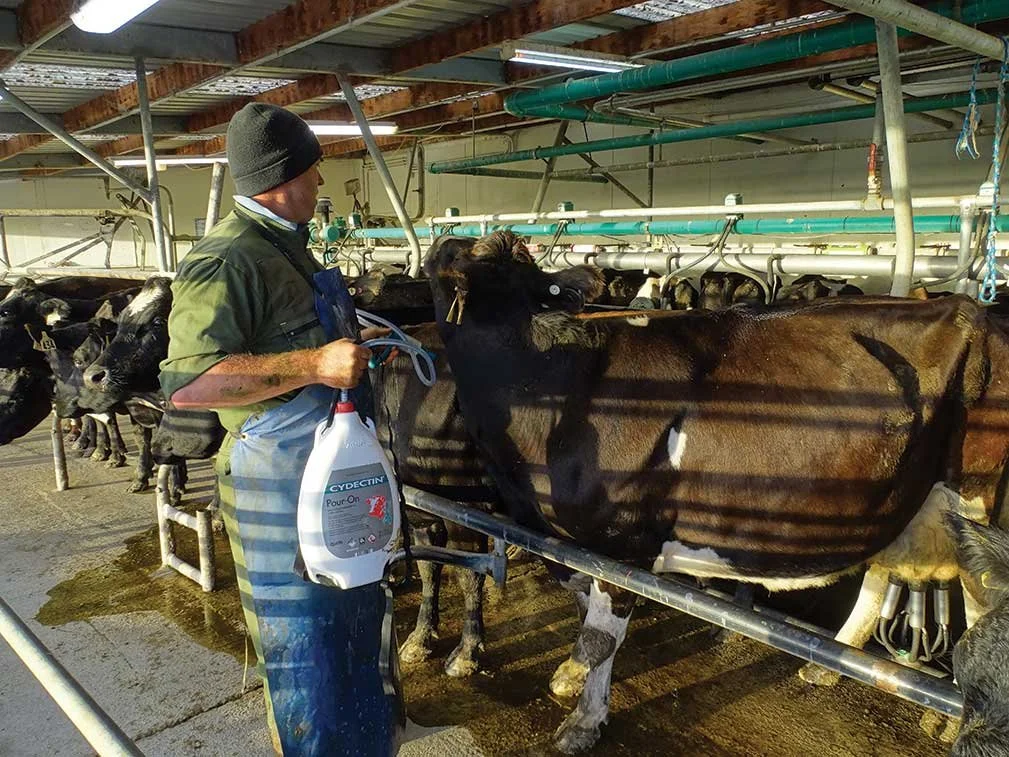Don’t wait until dry off
Words: Zoetis
Autumn is a critical time to address parasite control in cattle.
From spring through to autumn, young stock with low or no immunity are mass producers of parasite eggs which become infective larval stages, reaching a peak on pastures in autumn and early winter.
Even if young stock do not graze on the dairy platform, there will still be better survival and likely higher numbers of parasites in autumn.
Subsequently, cattle are more likely to pick up parasites from grazing these more heavily infected pastures.
Treating cows in autumn when they are most likely to get infected not only delivers good value for money but protects the animals when they need it most.
Cydectin® Pour-On is an ideal treatment when pastures are wormy.
It has proven and high efficacy against production limiting parasites such as Ostertagia ostertagii, lungworm and Trichostrongylus spp., and also has the longest persistent activity against a broad spectrum of parasites.
It can kill incoming Ostertagia larvae for up to 35 days, lungworm for 42 days and Trichostongylus for 28 days.
This means cattle can eat these infected pastures with no cost to their efficiency.
In production trials conducted on New Zealand farms at dry off, late lactation and calving, cows that were treated with Cydectin Pour-On had an average increase of over 4 kg milk solids more than their untreated herd mates1.
Despite the long protection period, Cydectin Pour-On has no withholding periods.
This means farmers don’t have to wait until dry off to treat - rather it can be used on cows any time when they need it, whether still lactating or about to calve.
It also has excellent efficacy against both biting and sucking lice making it an ideal winter preparation treatment.
As with many animal remedies today, the blanket treatment approach is no longer justified unless there are extenuating circumstances such as drought or lack of feed.
Ideally, animals should be treated selectively based on need such as young cows, poor conditioned cows or cows that have poor immunity or been sick.
While it’s possible those cows in great body condition and milking well may have worms, with adequate condition, feed and immunity, they should be able to take care of those infections themselves.
Autumn weather is ideal for parasite numbers to thrive and threaten the efficiency and health of both young and older cattle.
Farmers should be treating individual animals when, and if, they need it, with a product that has been demonstrated to really make a difference.
By prioritising parasite treatment in autumn, farmers can safeguard the health and productivity of their cattle, ensuring a successful and profitable season ahead.
1Murphy, A. The effect of treatment with moxidectin, a long acting endectocide, on milk production in lactating dairy cows Buiatrics World Congress, 1998.
Zoetis New Zealand Limited. Tel: 0800 963 847; www.zoetis.co.nz. Cydectin is a registered trade mark of Zoetis. ACVM No. A6203.

